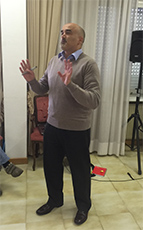The “Youth Guarantee” for tackling youth unemployment in Europe As a result of the prolonged economic recession and fiscal austerity, unemployment in Europe is still rising. Young people are the social group mainly hit by unemployment. In July 2013 the…
Social Impact Bonds. In the Beginning Was …. the Peterborough SIB
The Peterborough SIB Since 2010 Peterborough – a little town in Eastern England – has been the hub of one of the most interesting innovations in finance: the Social Impact Bonds (SIBs). SIBs are outcomes-based financial products, that is to…
